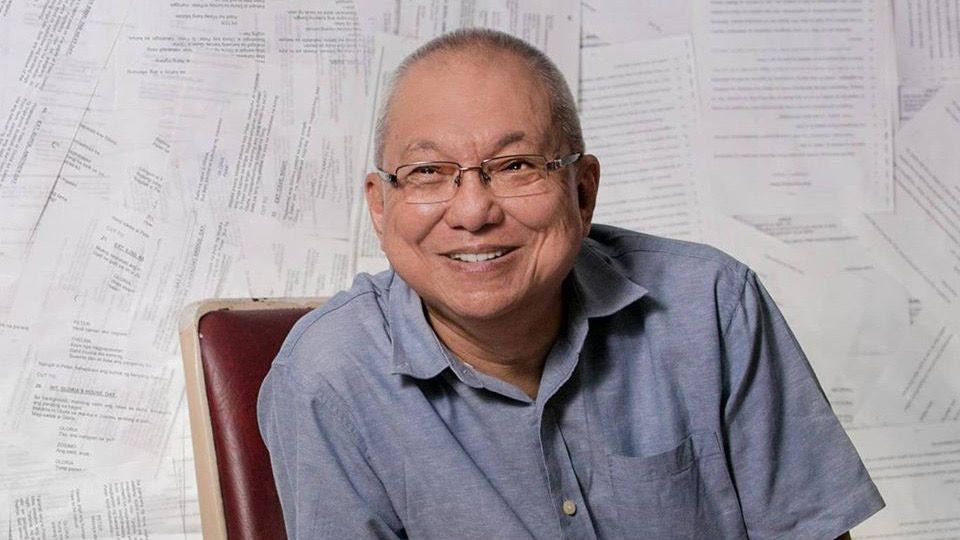The distinction of National Artist of the Philippines is bestowed to those who have made significant contributions to the development of Philippine arts and culture. Meet the eight artists who now hold the venerable title
President Rodrigo Duterte named eight iconic and influential personalities in Philippine culture and arts as the new National Artists last June 10. Announced through Proclamation 1390 and confirmed by the National Commission for Culture and the Arts (NCAA) and the Film Development Council of the Philippines (FDCP) through their respective Facebook posts, this news is a delightful surprise for fans and followers of these personalities.
Being named National Artist is the highest national recognition awarded to Filipinos who have made a distinct and impactful contribution to the realms of Philippine arts and culture.
Get to know the new National Artists and their achievements:
Nora Aunor

Nora Cabaltera Villamayor, more commonly known as Nora Aunor, is conferred the title of National Artist for Film and Broadcast Arts, making her the first female actress in such category. An actress of great renown, she is also a recording actress and film producer. Due to her popularity and the impact of her work throughout the decades, she is known as Philippine cinema’s "Superstar". The Hollywood Reporter once called her “The Grand Dame of Philippine Cinema” for her performance in the film Taklub, directed by Brilliante Mendoza.
She is a prolific artist with more than 180 film credits to her name since the start of her acting career in the late 1960s. Everything from musicals, comedy, romance, horror, thriller, and drama, Nora Aunor has either acted in it or produced. That’s not even mentioning her music career, wherein she has released more than 360 singles and over 50 albums.
According to the FDCP, her work depicted Filipinos’ “everyday realities and aspirations” in some of the Philippines’ most important films, such as Himala.
See also: The National Artist Awards: Controversy, Winners, and its Significance







